this is my contribution to #FungiFriday by @ewkaw
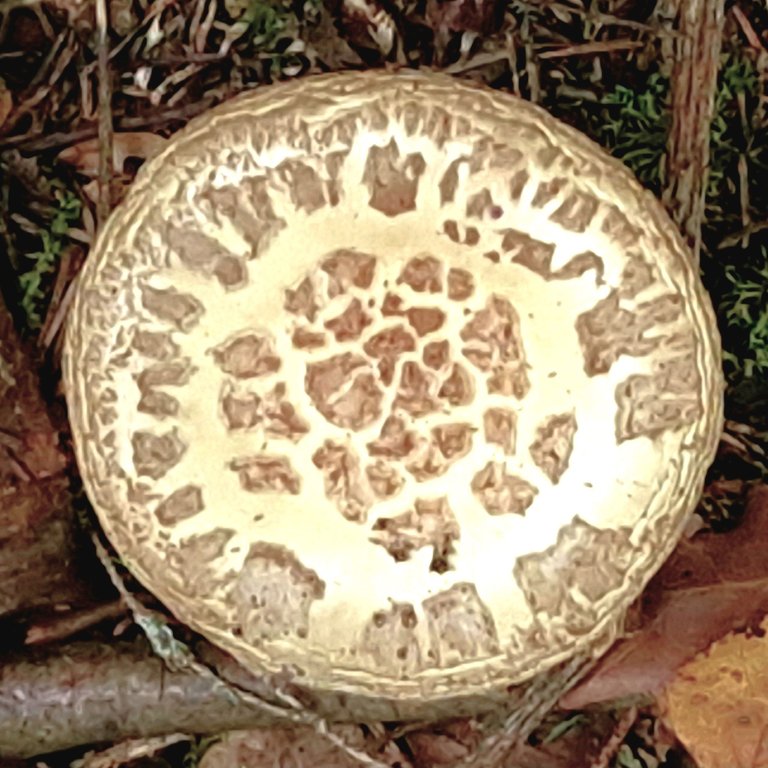
the Amanita citrina are not among the more spectacular fungi. they are not rare, in fact they are among the most common fungi, at least in forests with beech trees, which are plentiful here locally. they are not among the most colorful either. their beauty is more subtle, with gentle tones of pale yellow to white. but the arrangement of the patches on the cap are often particularly delicate with an overall appearance, reminiscent of fine porcelain. the patches can be white to purplish or tan to brown and each fruitbody has a unique design
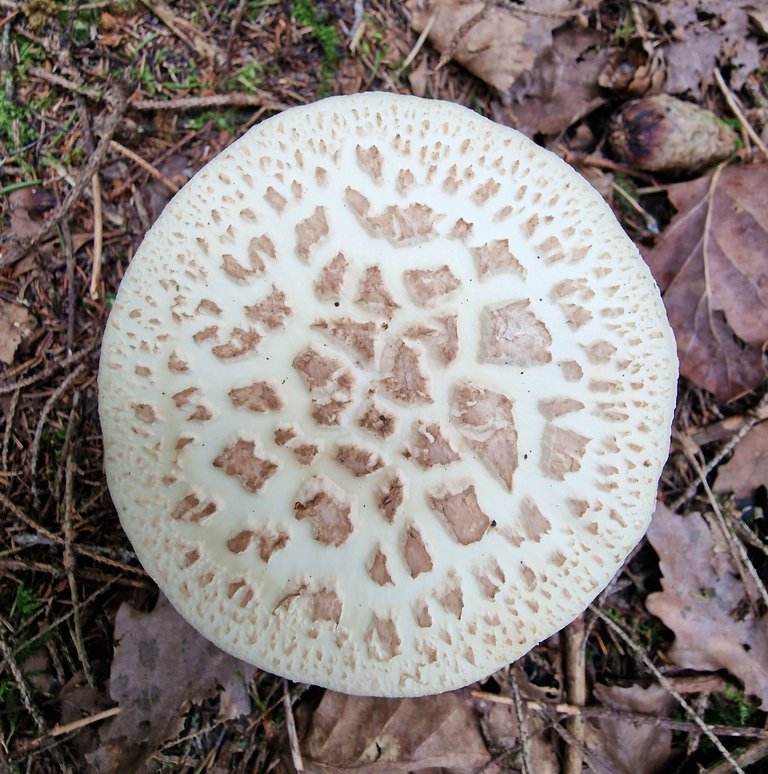

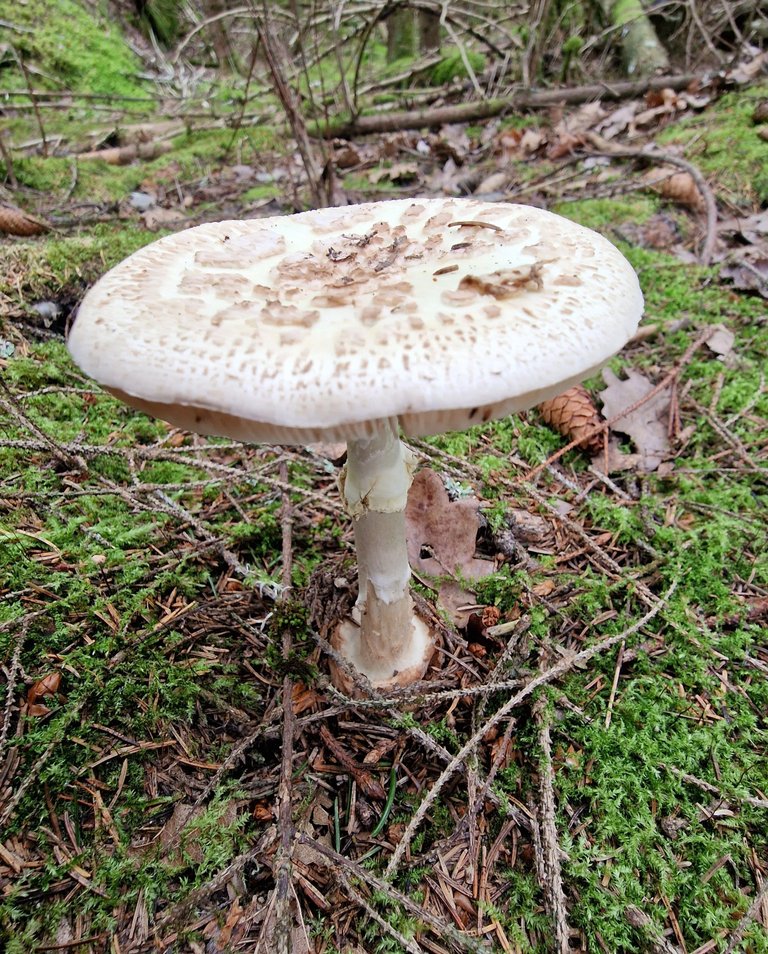
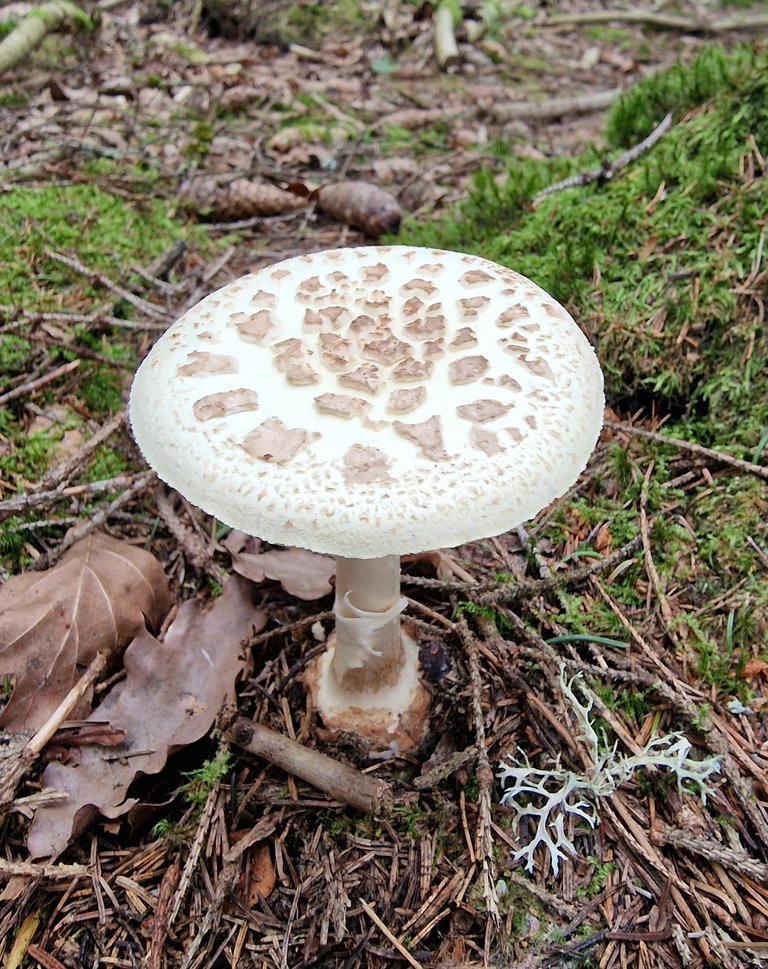
they are not exactly edible, having some small amounts of the toxins of the more deadly amanitas, nor do they taste particularly good, but if you were to eat it you would probably be okay. the thing is they can look similar enough to the lethally toxic Amanita phalloides and Amanita virosa to be mistaken for them. hence the english name False Death Cap
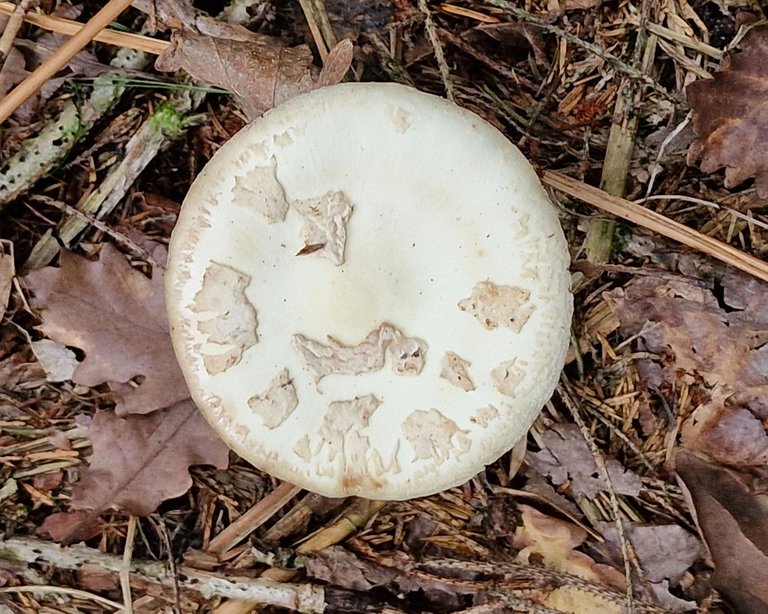
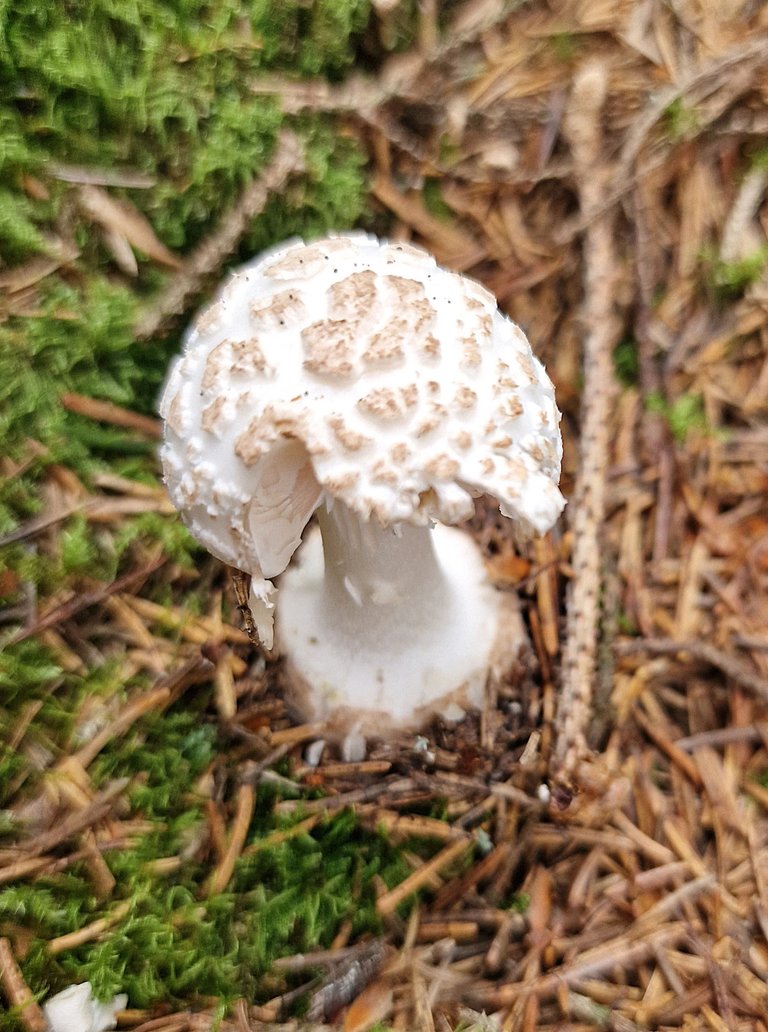
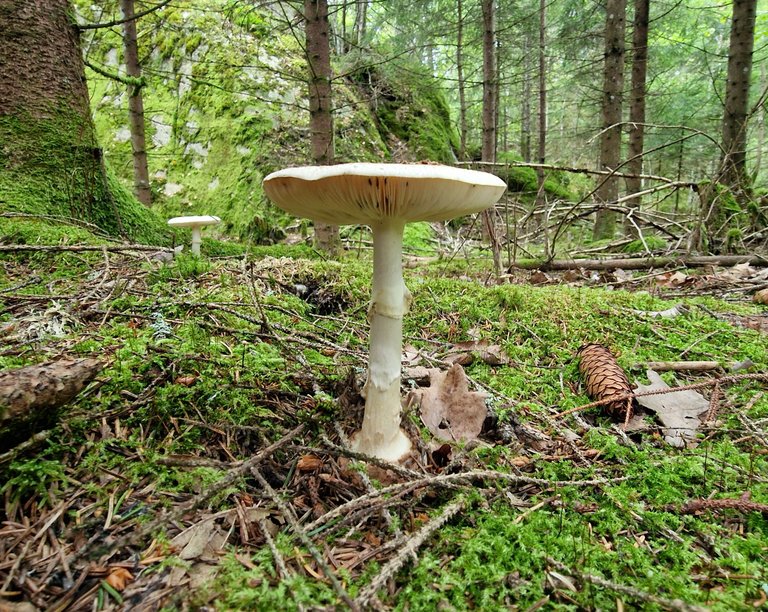
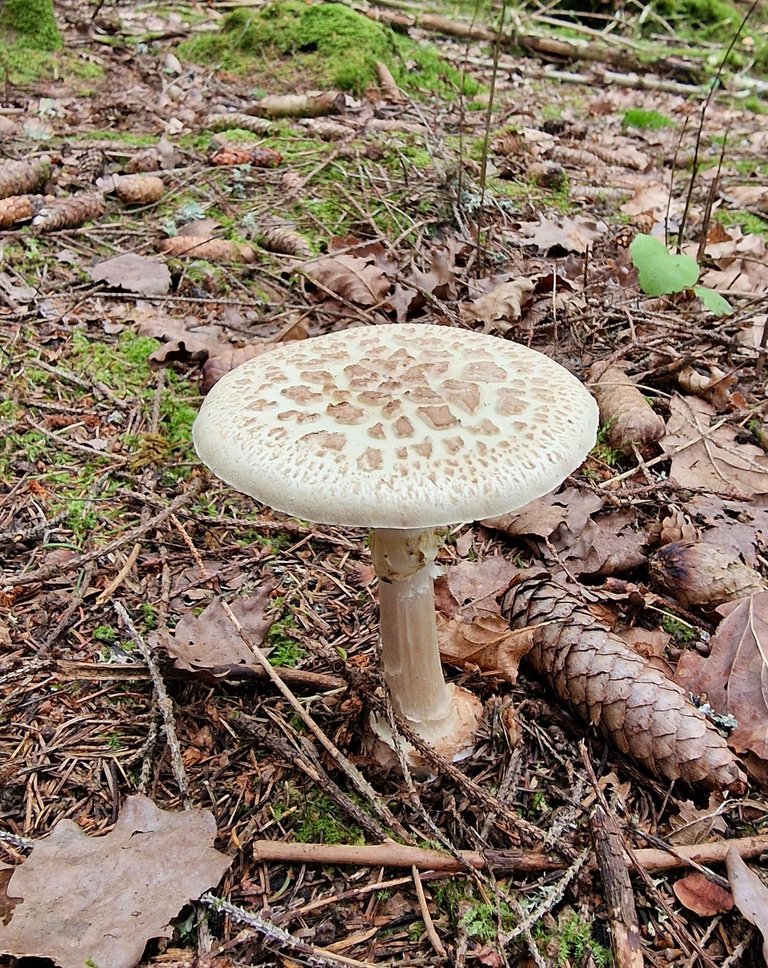
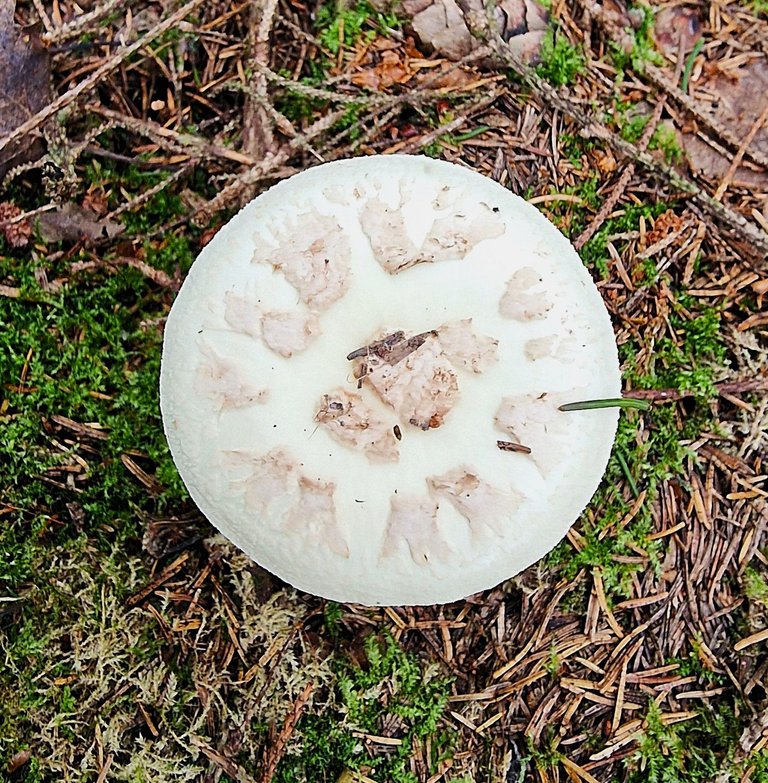
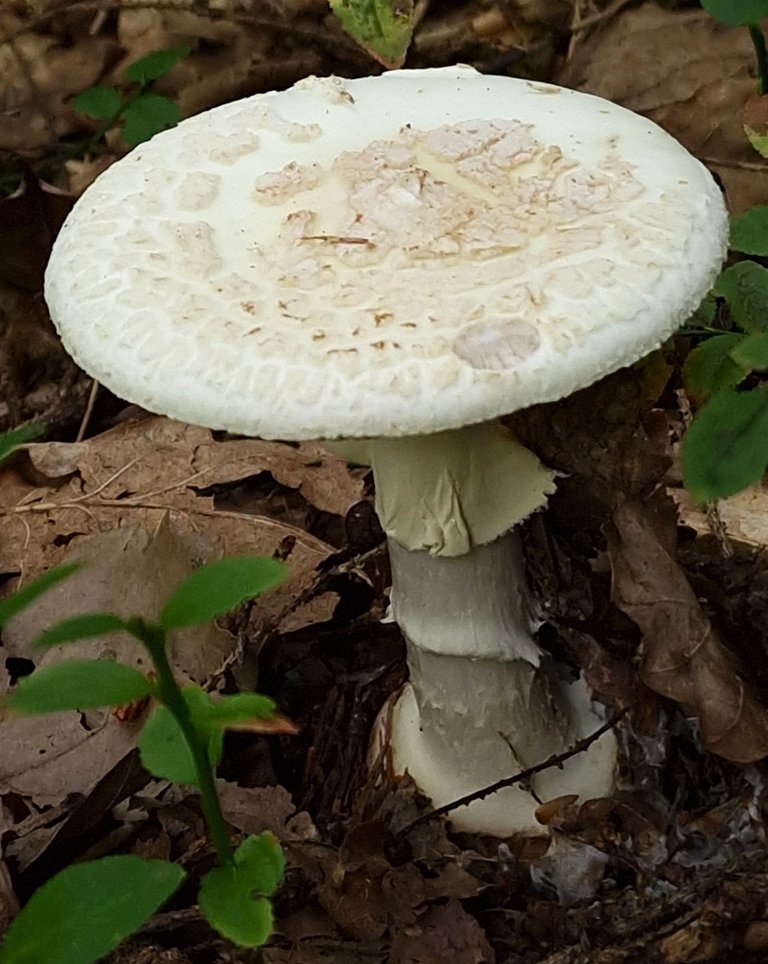
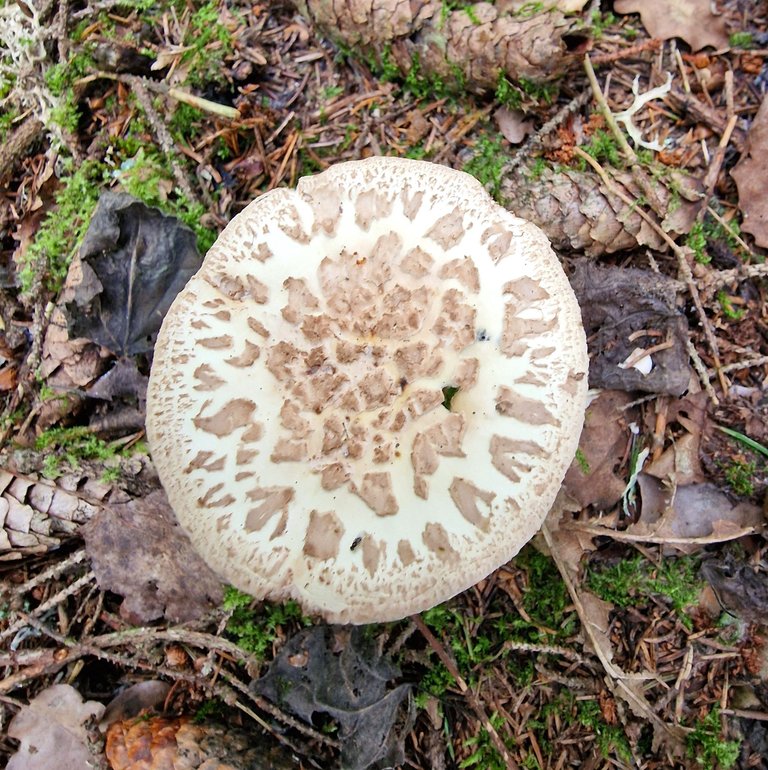
Amanita citrina is common in europe and north america, but the ones over here are not the same species as the ones over there. now if you are wondering how that can be then welcome to the Fungi kingdom. these latin names are meant to be universal but with increased research comes a better understanding of the complications related to the determination of species. so as new species are discovered new names are continously launched and it takes a while for them to be agreed upon. expect more confusion as this species gets divided into several new ones.
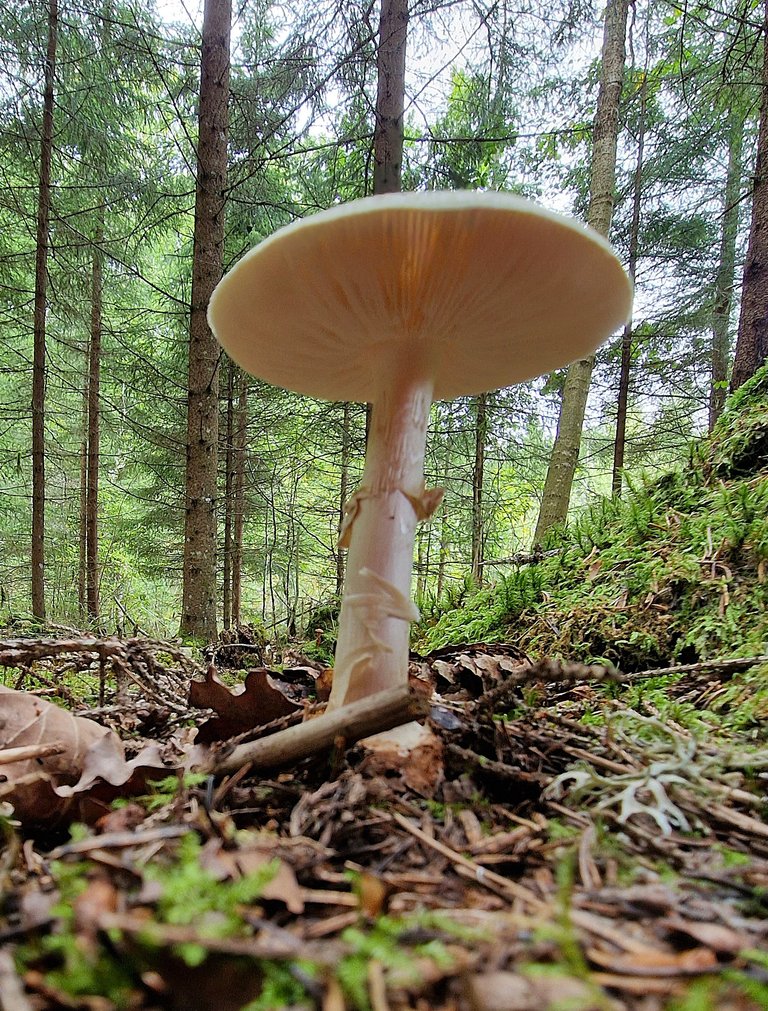
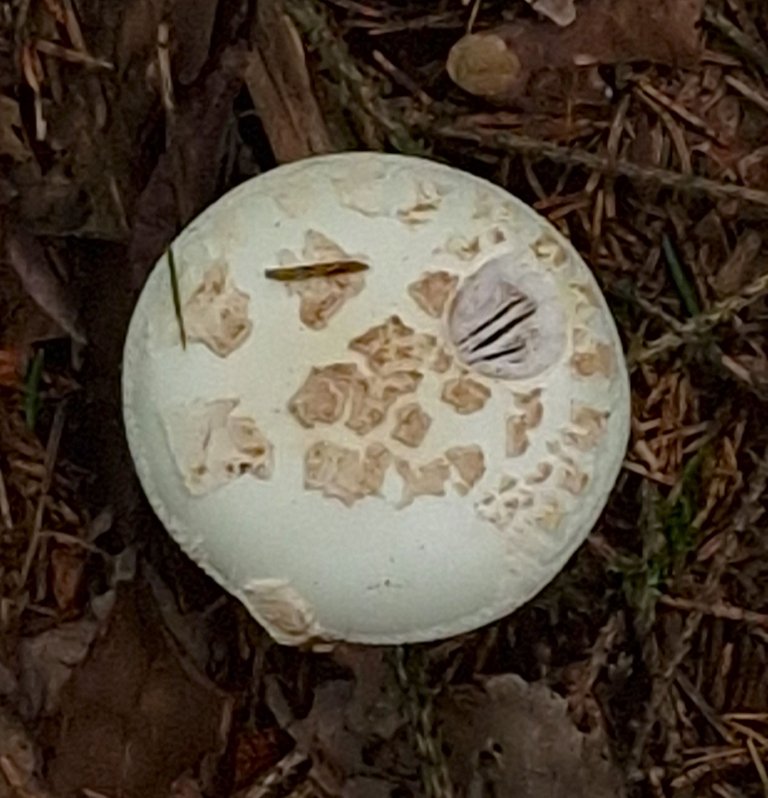
all that technical nomenclature is of little importance when considering their beauty and the joy of meeting with them on their home turf

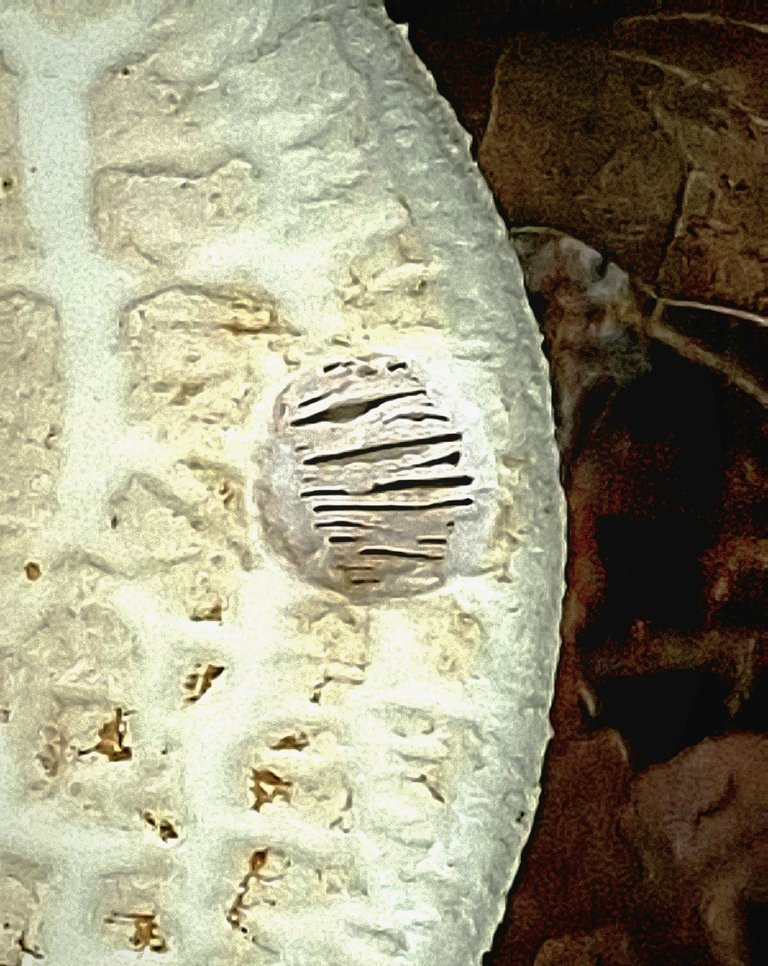

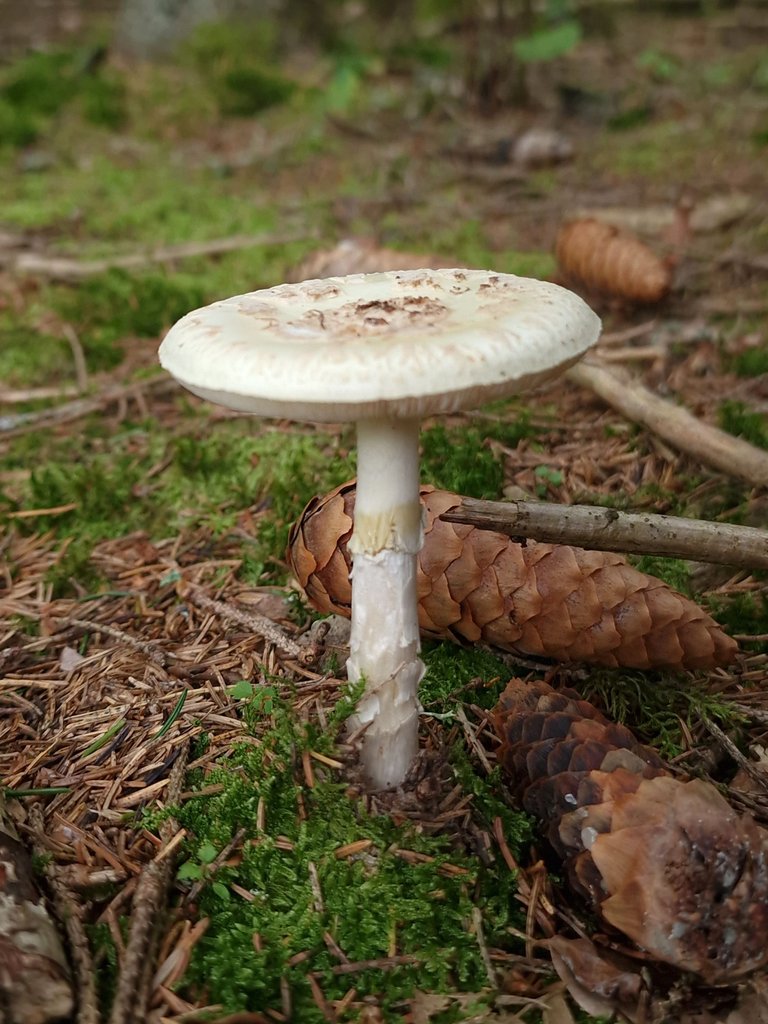
while that applies to most any fungus you may find, there is something else that is quite special about A. citrina.
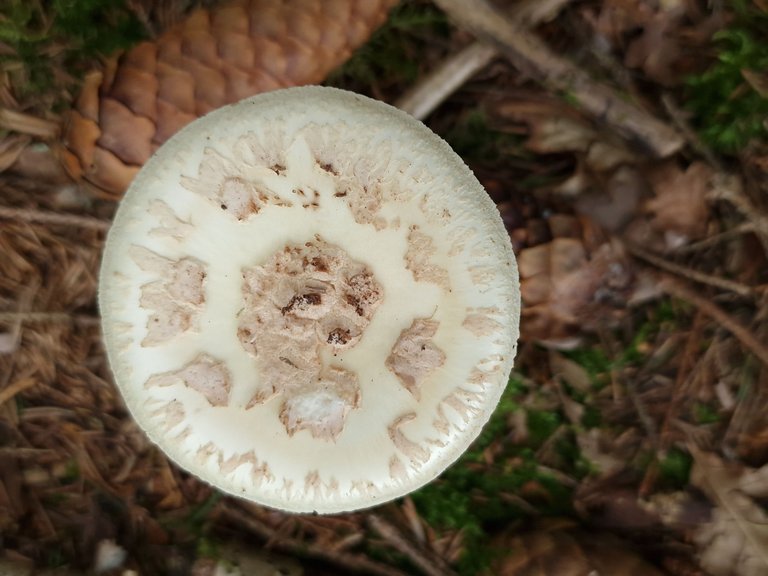
they are watching us, so tread lightly among them
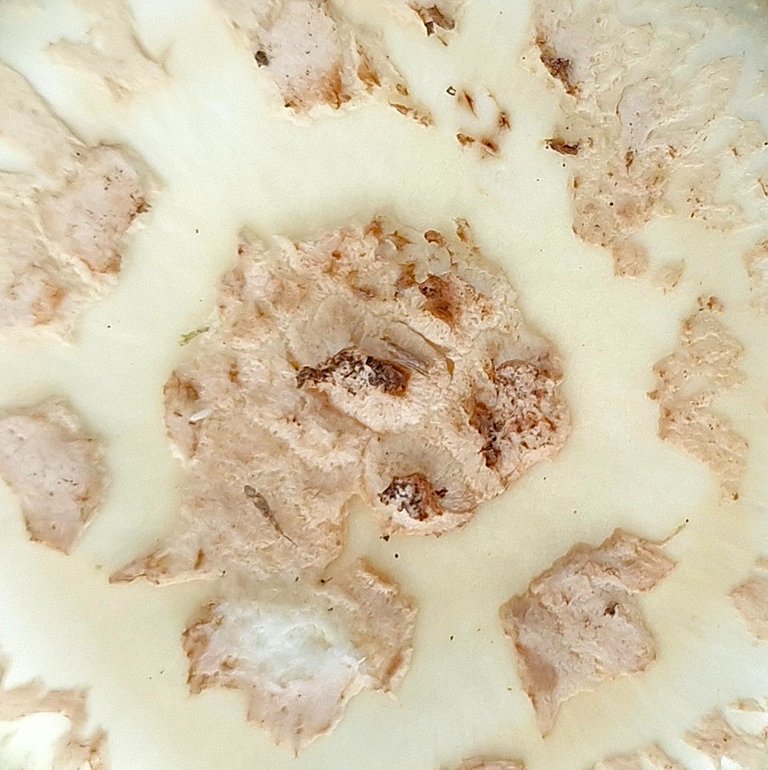
i took all these photos earlier this september with my S22 phone using various settings. some have been moderately edited



